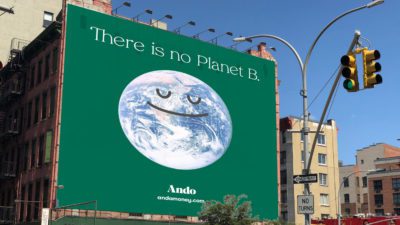The pandemic and quarantine has led everyone to seek socialization and comfort in content. “Video has offered many benefits during this time,” including ways to escape our current situation (Forbes). People were looking forward to new shows to binge since that was the only thing you could do for months during the lockdown. Platforms like Netflix, Hulu, Apple TV, Disney Plus, and HBO Max have flourished since the pandemic began. “79% of US video consumers surveyed by Google found that streaming platforms make them happy, and bring joy and relief” (Forbes). Mainstream movies are now being premiered on streaming platforms, and now more than ever, people are binge-watching. The sense of a new reality to fall into is appealing to people since our current one has come with tribulations. With this growth of binge-watching and long-form content consumption, short-form content has also seen significant growth.
In 2019, Tik Tok had about 381 million users. In 2020, Tik Tok grew to have about 700 million. Now, in 2021, Tik Tok has over 1 billion users on the platform (Business of Apps). The platform has tripled in size since March 2020, a direct result of quarantine boredom. This kind of growth has never been seen before on an app like this. The need for relatable, quick content has taken over the social media world and forever changed how companies think about feeding content to the public. “It’s a battle for how to create content that empowers viewers to engage with relatable content” (Forbes). It’s a big ask, but Tik Tok has so far beaten the competition tenfold. Trends are now determined by what’s happening on Tik Tok, and it bleeds into every other social media platform. Tik Tok Influencers are making millions and becoming public figures, and micro-influencers have never been stronger. With a personalized For-You page, everyone feels that they are part of a niche group of Tik Tok, keeping them scrolling through the relatable content reel that the algorithm provides for them.
Micro-influencers. Sounds like an oxymoron right? Well, during quarantine and with the growth of Tik Tok, micro-influencers have grown in tremendous numbers. People like Caroline Anne Bush, Christina Stratton, Ike Battle, Createdbycole, and Ethan Frank have thrived in this growth, becoming leaders in their microcosms. With the Tik Tok algorithm, it is easy to go viral or be shown to people with similar interests to you. These micro-influencers are a direct result of the algorithm and the growth of Tik Tok. Brands are making the transition to work with more people like this, with “77% of marketers say[ing] they want to work with micro-influencers” (Forbes). They have a more personalized feel and targeted audience that it is almost better to spend the marketing dollars there, especially for small businesses that are looking to grow. Relatability is driving clicks and attention right now. “92% of consumers trust organic, [user-generated content] more than they trust traditional advertising,” supporting the idea that brands want to partner with the people with fewer followers than the previously perceived notation of an influencer following (Forbes). Users trust micro-influencers more, and brands are starting to recognize that.
Although the invention of the infinite scroll has helped apps like Tik Tok, it has also fed into a new phenomenon, Doom-scrolling. This new addition to our vocabulary encompasses the tendency for people to fall into a rabbit hole of negative news cycles and events, continuing to dig deeper into the item with no positive outcome. It greatly affects the mental health of individuals to be surrounded by the negative aspects of life and to have the ability to dig deeper and deeper into it. As humans, we are naturally curious, which contributes to our want to keep scrolling even though we know that all it brings is internal doom. You see no way out and no positivity. “From 2019, there has been a 215% increase of time spent online accessing current events and global news in the US” (Nielson). The easy accessibility to world news and events is a double-edged sword, and that stab from the negative side digs deeper and deeper as social media grows and the news becomes more negative. How can we fix this? It is all about staying in the mindset of, ‘I need to stop scrolling.’ It is hard to admit that we all have a problem, but admitting you have a problem is the first step. From there, you can actively choose when the scrolling needs to end.
The pandemic has had a lot of cultural implications. From the way that news is circulated to the release of major motion pictures, you can see the pandemic’s impact. So what does this shift in content mean for the future? Well, by next year, predictions say that 82% of content will be video (ADG Creative). With more people being home-bound, there has been a “60% increase in the amount of video content watched globally” (Nielson). This will likely only grow and create a mass insurgence of video content for public consumption. Streaming services and social media apps have benefited from the quarantines and lockdowns and will continue to grow their audience through what they have learned about their consumers during the pandemic.





